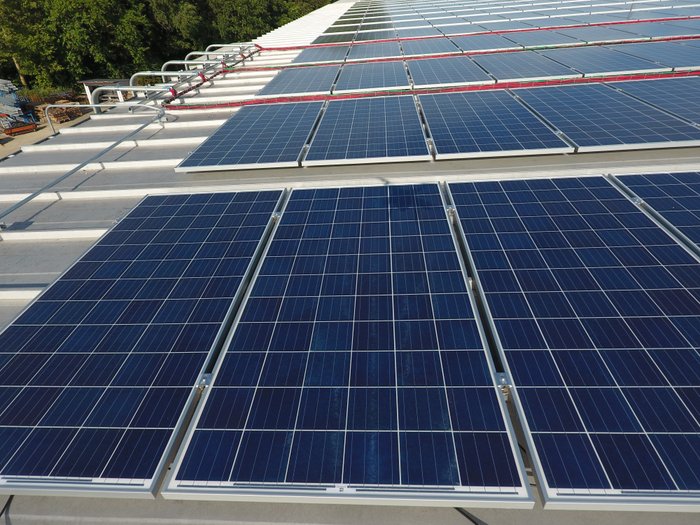
Mid and end clamps are two of the most critical components that secure PV modules to the racking system. Here to explain what they do, how they do it and what to look for in a clamp are Mark Gies, director of solar business at S-5!, and Johan Alfsen, senior director of Training at K2 Systems.
Mid and end clamps explained | “Many solar mounting and attachment systems utilize overhead clamps to attach solar modules and most likely have two interchangeable clamps: mid-clamps and end-clamps,” Gies says. “The mid clamps clamp over the sides of the modules located in the interior of an array (each mid clamp is shared between two adjacent modules), and the end clamps attach over the top of the module sides on the perimeter of an array.
“The mid-clamp has two distinct symmetrical clamping surfaces for the purpose of attaching adjacent module sides. End clamps, on the other hand, only require one clamping surface.”
Considerations | “Since an end clamp only attaches to one module, it is subject to rotational forces trying to slip the clamp off the top of the frame. So, an end clamp needs to be rigid enough to never rotate and to not slip off a module frame,” Gies says.
“When considering overhead clamps, it is important that the clamping surface complies with the installation requirements of the solar modules and that they are strong enough to resist the forces calculated from the site conditions. Additionally, it is critical that the end clamps are designed to withstand bending and rotation; these clamps mustn’t ever slip off the module frames.”
Many module clamps are also UL 2703 listed to provide module-to-module and module-to-rail bonding, eliminating the need for jumpers and copper wires.
Installation | “Typically, these parts consist of stainless steel and aluminum,” Alfsen says. “It’s very common for installers to use impact drills to secure mid and end clamps. Using an impact with too high of a setting can actually cause cross threading and damage the clamps. All clamps have a torque setting to be properly tightened to manufacturer’s specifications.
“Realistically, most installers will not use a torque wrench on all clamps to check for proper torque settings. Our advice is to use a torque wrench on a couple clamps to calibrate your drill to the right setting so that you do not over or under torque the clamps.”
— Solar Builder magazine
[source: https://solarbuildermag.com/news/solar-racking-mid-clamps-and-end-clamps-explained/]

Leave a Reply
You must be logged in to post a comment.